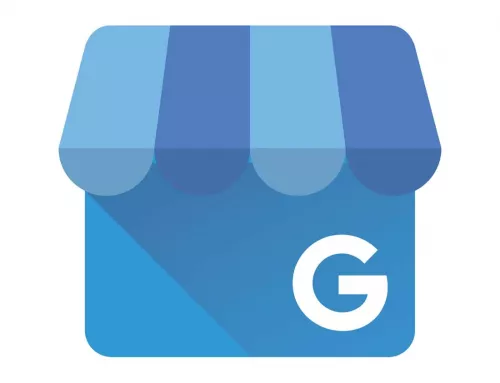The Great Resignation: What’s next?
We’ve all heard about—or been affected by— The Great Resignation: Workers leaving their jobs in record numbers over the past year, looking for better pay, work-life balance and flexibility. And while workplace experts don’t necessarily expect the same spike in quitting in 2022, they do see the trend continuing throughout the year.
What does this mean for small business owners? It means that the focus has to shift from hiring to fill seats to hiring power performers and offering an environment for them to thrive. And it starts on the first day they join your team, which is why you’ll need to invest time and resources into an onboarding program that not only encourages your new hires to stay, but also ensures that you retain your current top performers.
But where do you start?
Examine the why
To adapt, we must first understand why workers are leaving. When COVID-19 first began, companies that had the option responded by sending their staff home to work. This move allowed for a better work-life balance, more flexibility during the day and better productivity. Workers learned how to work from home—and enjoyed it.
When calls started coming in to return to the office (complete with the loss of flexibility, a return to out-of-balance work-life situations and the return of the long commute), employees decided that the flexibility and work-life balance they had come to enjoy were too important to relinquish and handed in their notices in search of something better.
If employees are just as—if not more— productive working from the comfort of their homes, why the requirement to be in the office? And if another company will offer remote options and better flexibility, why not leave for something better? Younger generations don’t typically stay at one place for the entirety of their careers; they move on more frequently, typically for better benefits and a healthier culture.
Unless you ask, the reasons you think your employees leave are simply speculation. It’s essential to learn why high-performing workers leave. Low pay? Lack of flexibility? Toxic culture? No career growth? Guessing will get you nowhere. Instead, conduct an exit interview whenever an employee leaves.
Exit interviews allow employees to be open and candid about their experience with your company—without judgment or pushback. This is your chance to learn why staff are leaving, so you can take the feedback and make improvements for current and future employees. It also creates closure for both the employee and the employer, allowing the employee to leave on a positive note.
BEFORE JUMPING INTO AN EXIT INTERVIEW, TAKE TIME TO PREPARE THOUGHTFUL QUESTIONS THAT WILL GIVE YOU THE INFORMATION YOU NEED TO MAKE INFORMED DECISIONS FOR YOUR PATH FORWARD. SOME EXAMPLES INCLUDE:
- What’s the most significant factor in looking for another job, and what finally made you decide to leave?
- Why did you first join our company?
- Did you receive constructive feedback and support to help you improve your performance?
- Were you given the tools you needed to succeed?
- Did you feel recognized and heard?
- What’s something our company can do to promote a better workplace?
- How would you describe our company’s culture?
- Did you love or dread coming to work?
The responses from exiting employees will help you find themes and patterns that enable you to make positive changes throughout your company.
The Great Onboarding
Now, let’s get to the elephant in the room: What can be done to prevent employees from leaving in the first place? Let’s call it The Great Onboarding.
This is where you’ll take your lessons learned from employees who have left and shift the focus to retaining your current power performers and hiring the next qualified wave of workers. Commit to developing an onboarding process, so new employees feel supported from day one.
Especially as more companies transition to a permanent remote or hybrid workspace, an onboarding process is a must-have. Every employee should be onboarded the same way, so onboarding becomes efficient and streamlined. Remember that onboarding lays the foundation for the employee-employer relationship, so make it count.
WE’VE OUTLINED SIX TIPS TO GET YOU STARTED:
- Establish an onboarding team that will create and implement the onboarding process for employees.
- Stick with a 90-day plan, so expectations and timelines are clearly articulated.
- Design a checklist available to both the onboarding team and employees, so all parties know the status and progress of each employee during the onboarding process.
- Use technology to simplify onboarding and internal processes. Task-oriented tools like Asana or Basecamp are a great place to create an all-in-one repository of projects, tasks, documentation and more.
- Have a kickoff meeting to introduce key team players, set onboarding expectations and align goals.
- Conduct post-onboarding meetings to gather feedback from newly onboarded employees to help tweak the process for future new hires.
An onboarding process will get new employees up to speed quickly and keep everyone on the same page. Expectations will be laid out and understood, and employees will have the opportunity to introduce candid feedback from the start of their employment—all steps toward inclusion for the team and success for the company. Don’t forget to tweak and adjust your onboarding plan based on feedback, as there’s always room for improvement.
Take advantage of the impact created by The Great Resignation and allow The Great Onboarding to become your most powerful asset in the drive to reduce employee turnover.





